Special Section
Coping With Camera Face
Cosmetic surgeons are laser-focused on improving your video self.
By Alice Shapin. Photography by Mitro Hood. — January 2021
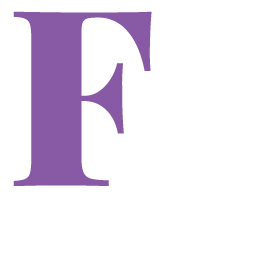 or many, there has been good reason these days to pretend the video cam is broken.
or many, there has been good reason these days to pretend the video cam is broken.
That’s, of course, because when the coronavirus hit, millions of people took to their computers for video work calls and virtual visiting with family and friends. But it wasn’t always a pretty picture. There it was, sagging necks, eye bags, and wrinkles. All were magnified, or so it seemed. There’s even a name for it: It’s called “Zoom face” and “Zoom neck.” And it wasn’t the image we wanted to project—or stare at—call after call, day after day. One reader even found a meme suggesting that Zoom’s slogan should be, “It’s you, but ugly.” And it seemed everyone was experiencing it.
Maryland resident Tracey M. Lankford works with high-end brands and clients. “So, it’s very important for me to always look my best. I’m very expressive and have been getting Botox for my forehead lines and eyes since I was 42,” says Lankford, who just turned 52. A few years later, she started having fillers to add volume to her cheeks and take care of the nasal labial folds. When the pandemic hit and everything was on lockdown, she had to postpone her doctor appointments and worried about looking tired and stressed. So as soon as her doctor could accept patients, Lankford was there for her Botox. “I felt very comfortable, since I didn’t have to remove my mask and the office took so many precautions.” But for the fillers, she waited until October, since she had to remove her mask. “After getting the injectables, I felt healthier, like I was managing the pandemic, not the other way around.”
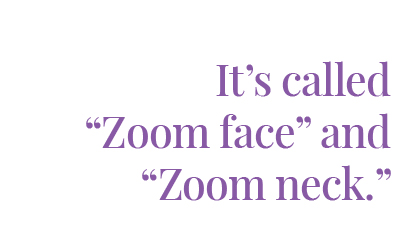
Dr. Paul J. Carniol, president of the American Academy of Facial Plastic and Reconstructive Surgery (AAFPRS) and clinical professor at Rutgers New Jersey Medical School, says, “In addition to virtual meetings and being home, people were spending more time looking at themselves in the mirror. As such, they had plenty of time to decide what they would like to have done to improve their appearance.”
Rockville board-certified plastic surgeon Gregory Dick says, “When we reopened, we saw that half our patients couldn’t wait to come in, while the other half were hesitant.” In addition to some fearing the virus, others worried about job security. Then there were some patients who found they had extra money since trips were cancelled, they weren’t going to restaurants or buying clothing, and they were ready. “And it wasn’t just women coming in. It was men, too.”
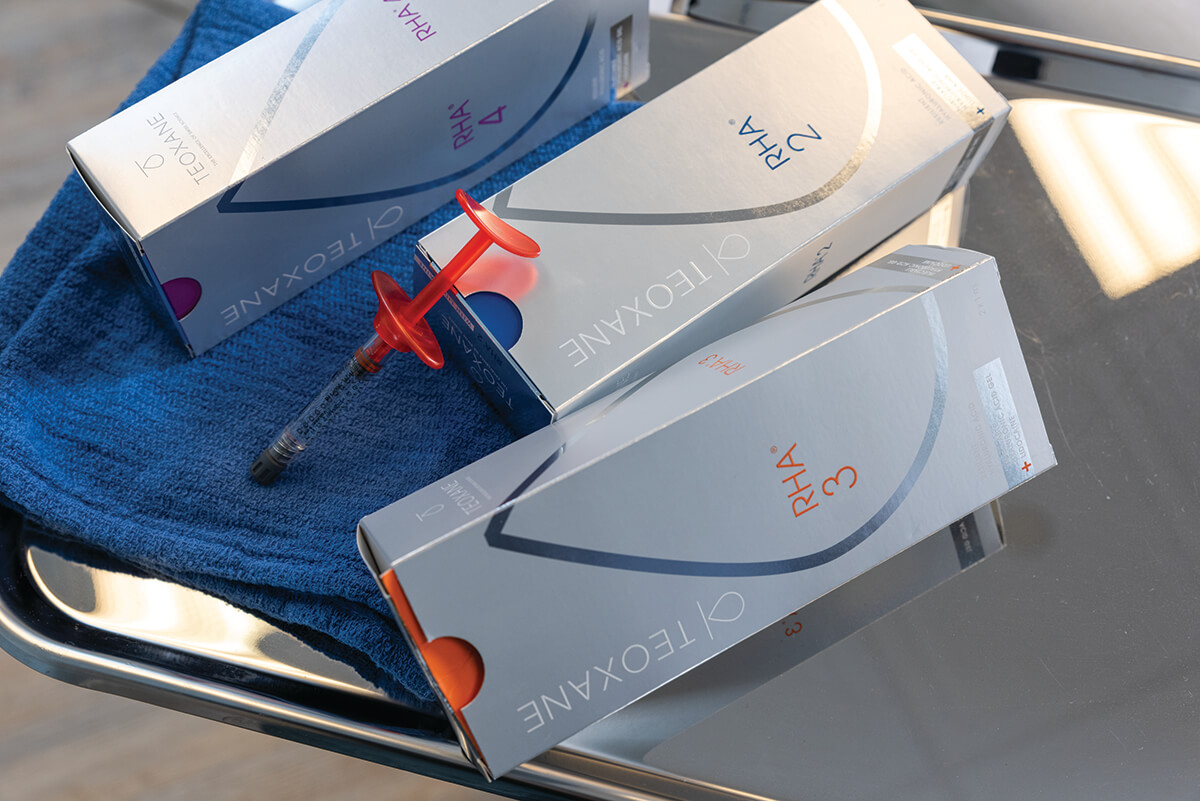
Past president of the American Society of Plastic Surgeons (ASPS) plastic surgeon Lynn Jeffers says, “When the pandemic hit and we shut down, ASPS put out two surveys. The consumer survey told us the top three things people were thinking about were Botox, breast augmentation, and fillers. Our members’ survey found the same three procedures. Today, we find people want to look better. Not four decades younger, just how they feel inside—a better version of themselves.”
► Botox and Fillers to the Rescue
Even after elective surgery was allowed, Dr. Carniol found many patients seemed to prefer procedures that were in the safety of the office, rather than a surgery center or a hospital. “Botox and soft tissue fillers topped patients’ wish lists.” And with people wearing masks, if they happened to get a bruise on their lower face from an injectable, their mask would cover it. Sunglasses took care of the eye area.
Botox, by temporarily “freezing” the muscles, can soften stubborn horizontal lines on the forehead and take care of the “elevens,” the entrenched lines between the brows. “Today, it’s all about looking natural,” says Dr. Jeffers. Done correctly, patients will not have that frozen, expressionless, robot look that so many people had years ago with Botox.
Soft-tissue fillers are used to elevate and fill deep folds, soften and smooth wrinkles and creases, fill shallow contours such as sunken cheeks, and improve the appearance of imperfections. Fillers, too, helped correct the Zoom-face flaws. Most fillers contain hyaluronic acid, a natural compound that aids in the production of collagen and elastin. Two of the more popular, Juvéderm and Restylane, have several different products with varying thicknesses that match the areas to be treated.
Dr. Dick remarks, “Being conservative, I may try fillers before suggesting surgery. Sometimes, that’s all they need, or it may buy them time. Today, we are seeing many celebrities having fillers in the cheeks, but many have gone way too far. Remember, you can always add more later. And if a patient feels the filler is too much, there is an enzyme that can remove it.”
When out in public and with our face masks on, the eyes are the main focal point. And they can reveal it all—tiredness and stress.
According to Dr. Jeffers, Botox can help with crows feet and raise the eyebrows for women. Another option is skin resurfacing with lasers such as fraxel, for “crepeyness” around the eyes. Fillers, too, can be used for the hollowing out of the upper eye region. “And there are many other possibilities,” says Dr. Jeffers.
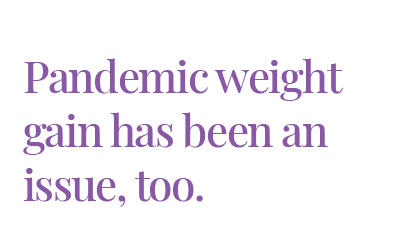
And our necks have never gotten more attention than now. Laxity and jowls are what people are noticing on those Zoom calls. For that, Dr. Dick uses the thickest filler of Juvéderm and injects it in front of the jowls, making for a more rounded appearance that’s associated with a younger look.
Rockville laser specialist Dr. Shirley Olsen notes, “Fractional laser can help with lines and some tightening of the neck, but only if you don’t have real loose skin. And for those who have enough fat in their waddle, CoolSculpting can remove the fat and help tighten the skin.”
Another problem many people have faced with the lockdown was the “Covid 15.” With baking bread, cooking more, and so many happy hours, people were experiencing weight gain. Next, they took to their exercise equipment. “Then they came in for CoolSculpting, which helps get rid of the fat and does some skin tightening. And with being able to keep your mask on, everyone felt very safe. Who knows, you might just get back to the skinny side of your closet,” says Dr. Olsen.
► Nips and Tucks
If there is excessive skin, Dr. Dick sometimes does a little snip. “I’ve found that men don’t seem to be bothered by deep lines but are very disturbed by the ‘turkey neck.’ Usually, they don’t want to undergo an extensive face and neck lift, so this procedure is ideal. There is a scar, but if the patient cares for it properly, the results are good, and they can get fractional to make it even better.”
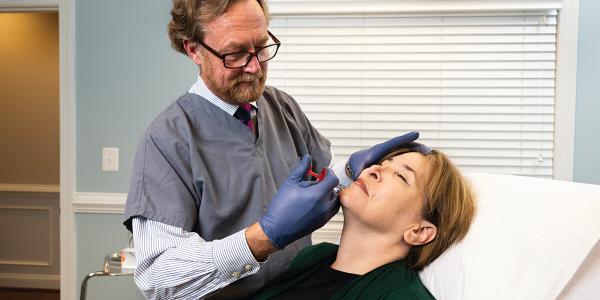
But back to those precious eyes. “What you do to the eyes depends on the problem,” says Dr. Dick. “If eyelids have extra skin, we trim it. An eyelid lift can be done in the office or a surgery center. There’s a short recovery, and I think that’s the biggest bang for the buck. If there is a hollowness to lower lids, we can add filler. If there are bags, it may require some surgery to trim them.”
► The Perfect Time
According to ASPS, breast augmentation comes in as the number two most popular procedure, right after Botox and just before fillers, when elective surgery is allowed. Twenty-two-year-old Lexi Schwartzberg of North Carolina wanted boobs since she was 16. “Being an A-cup, I always felt I looked like a boy. I realized with my job still closed and living with my parents, who would help me while I healed, it was the perfect time for the surgery. I’m now a C-cup and love how they look,” says Schwartzberg.
► What’s New
According to Maryland dermatologist Dr. Robert Weiss, in October 2020, the makers of EMSCULPT, a non-invasive aesthetics procedure that builds muscle without doing sit-ups, introduced EMSCULPT NEO, a device that combines two body-sculpting treatments into one. It is the first FDA-cleared machine that non-invasively tones muscle and burns fat at once. It uses radiofrequency heating to induce fat reduction. The excess fat cells are destroyed and eventually are eliminated through the body’s natural process. For best results, four treatments that last up to 30 minutes spaced five to 10 days apart are recommended for best results.